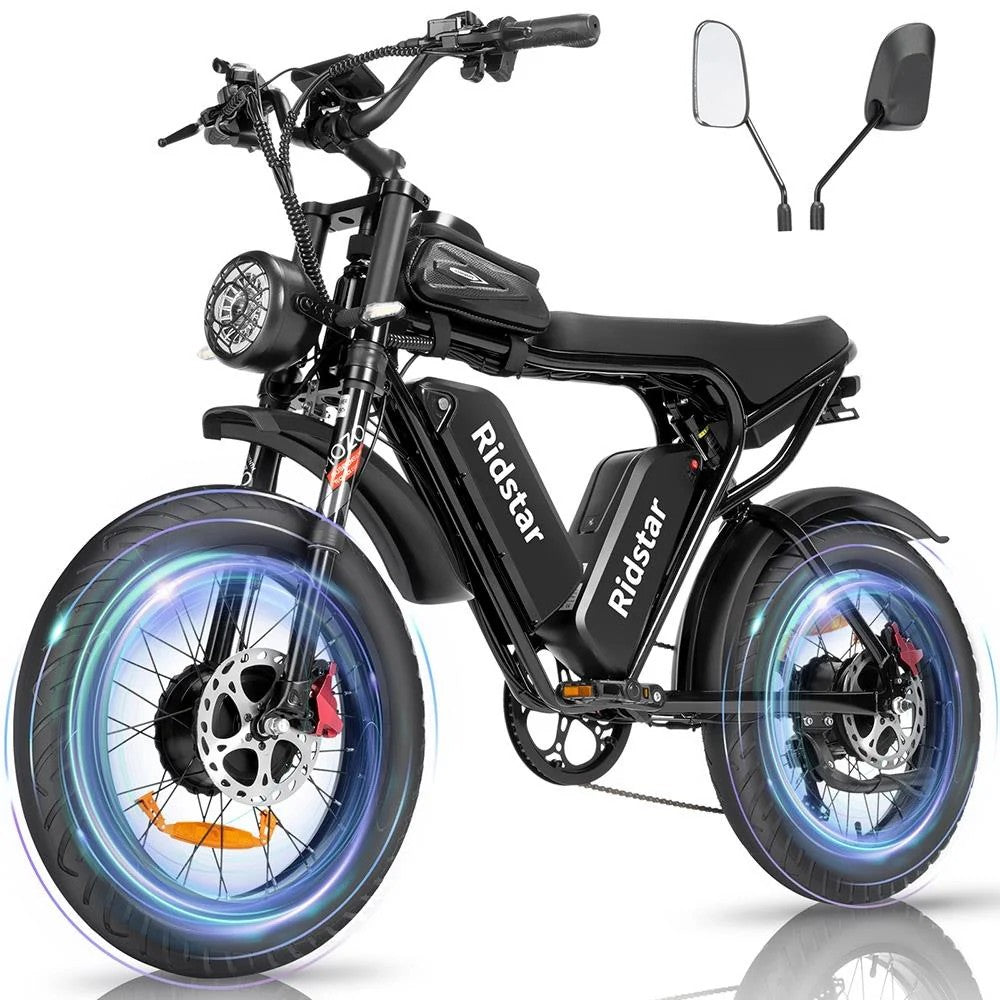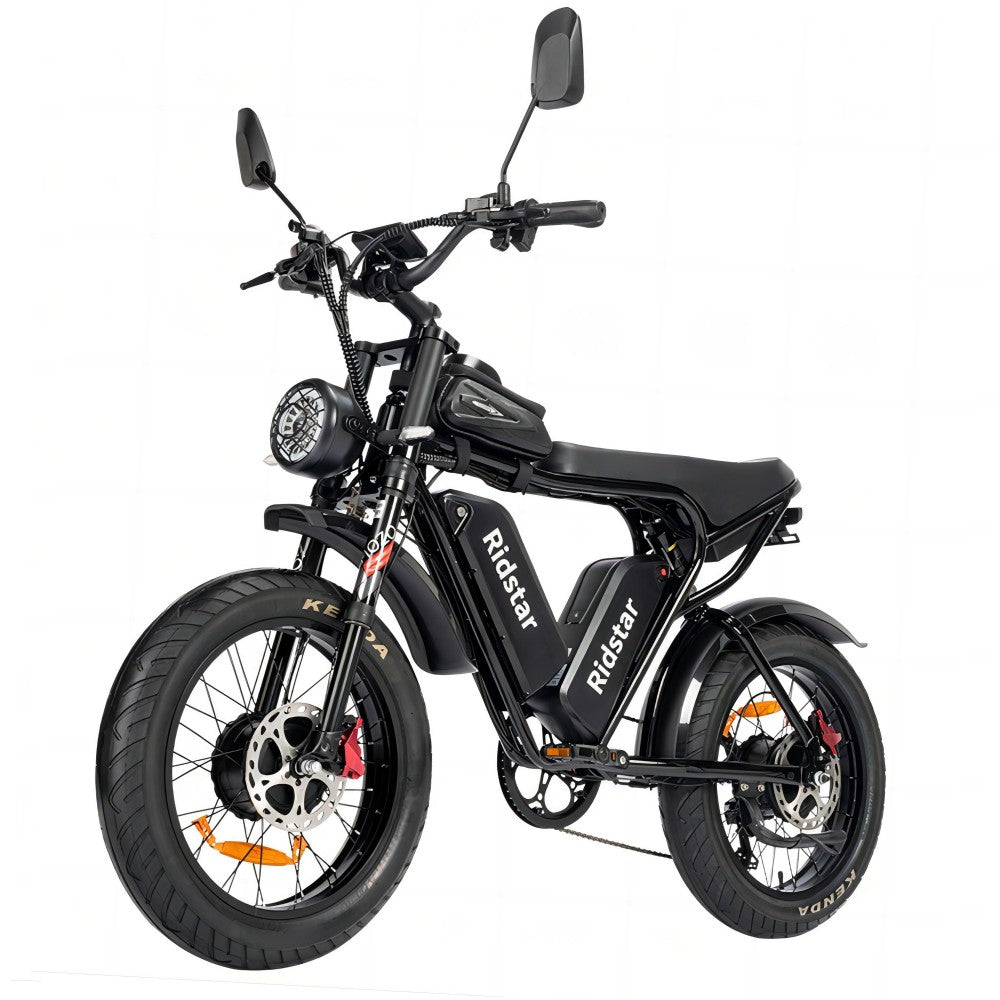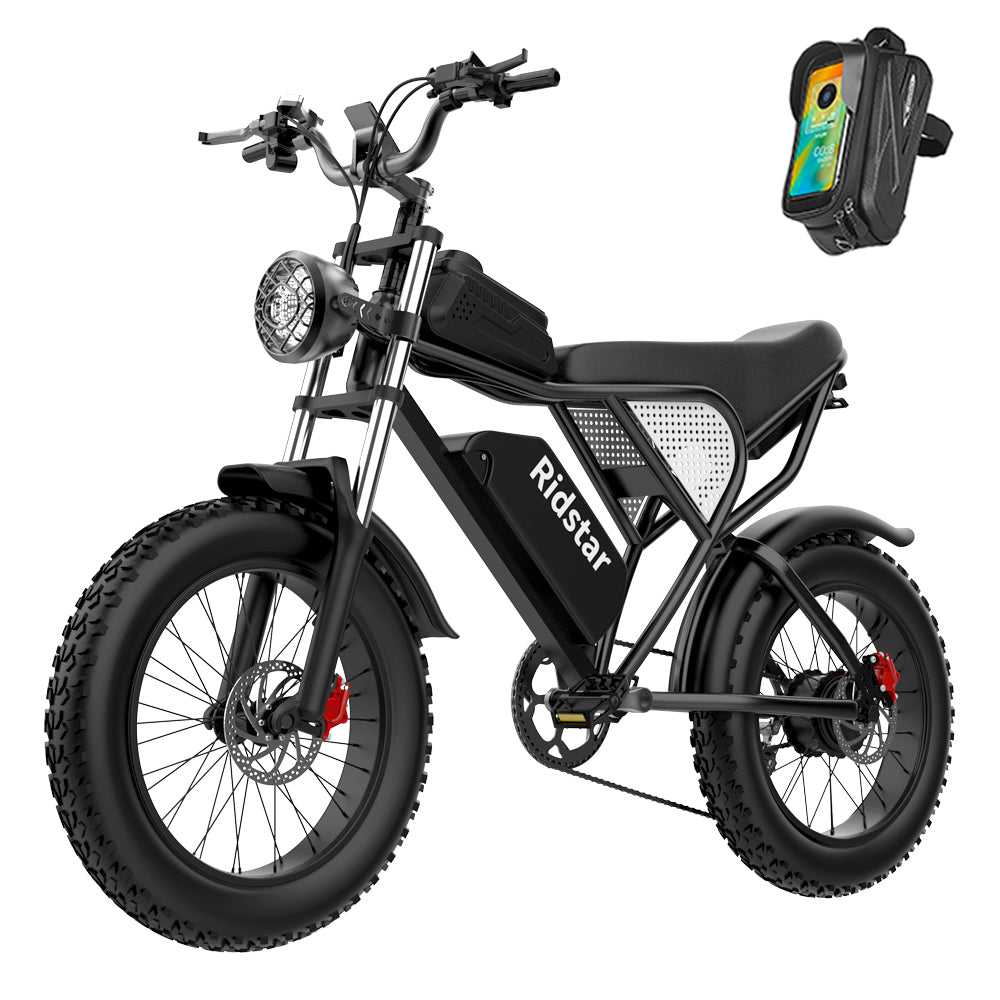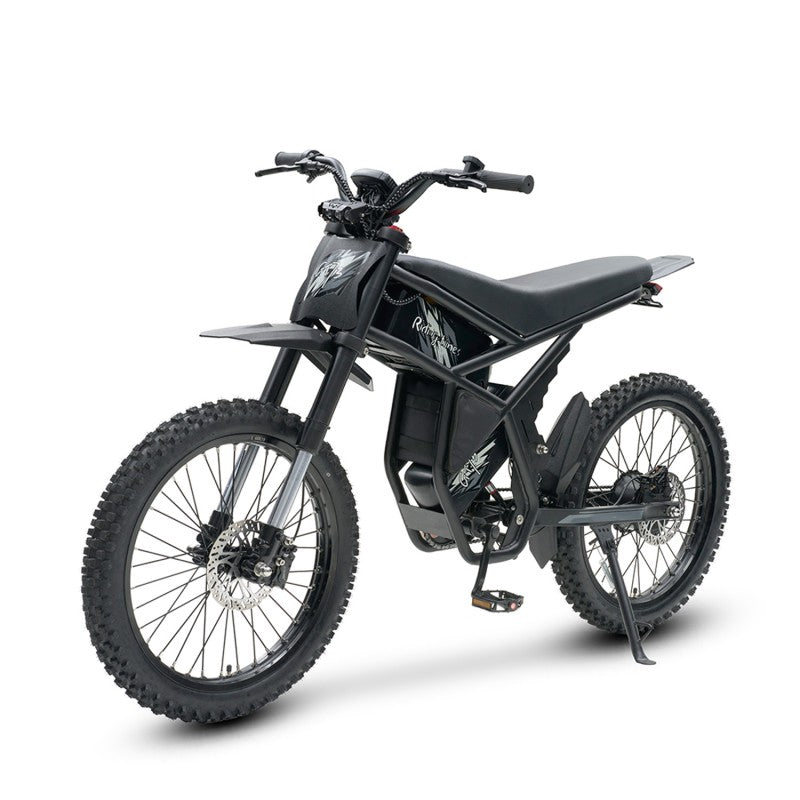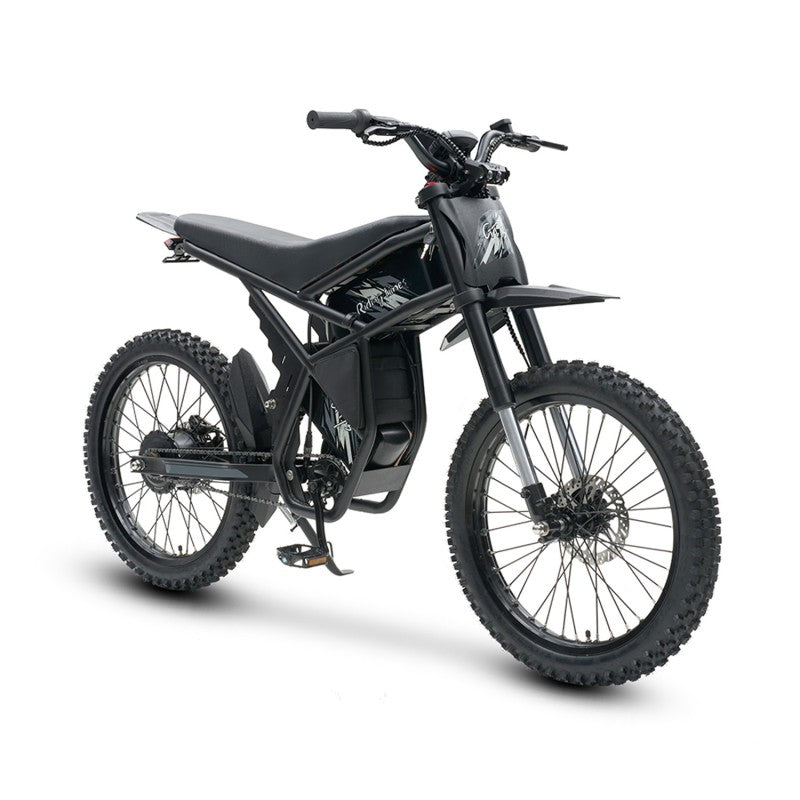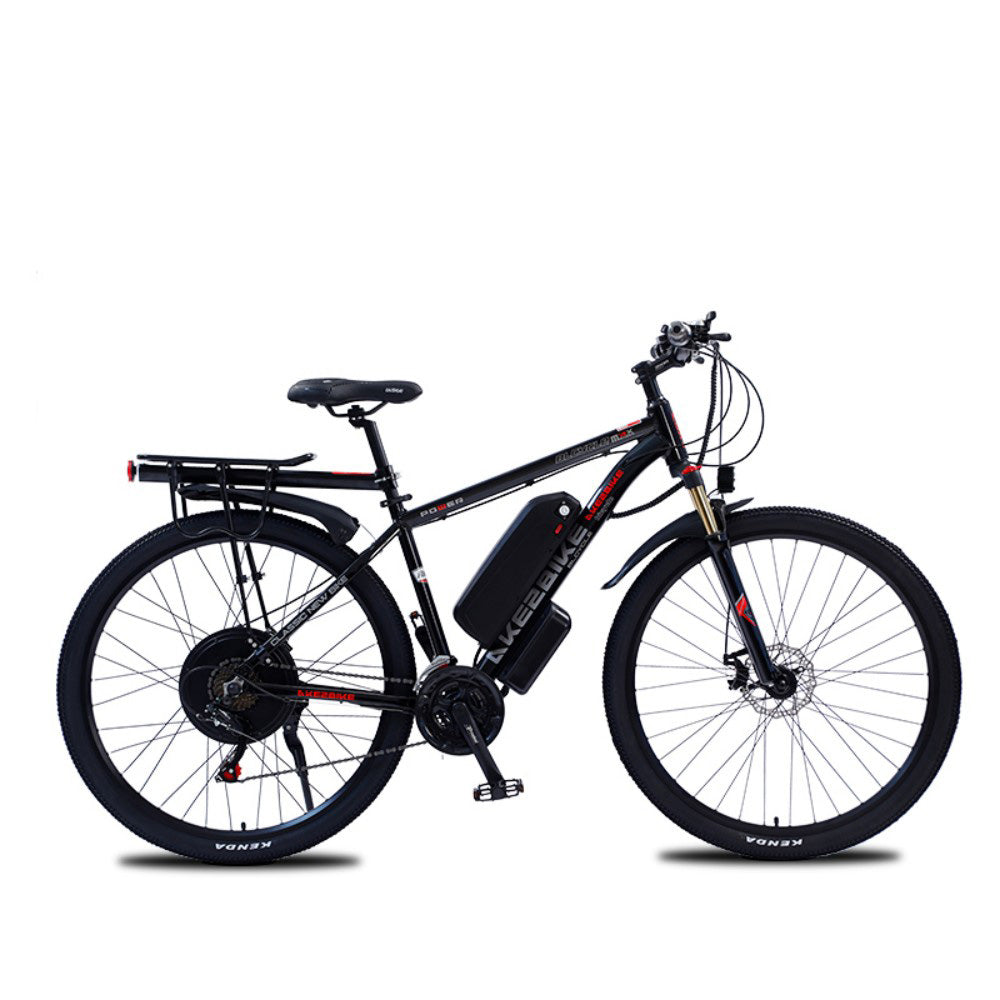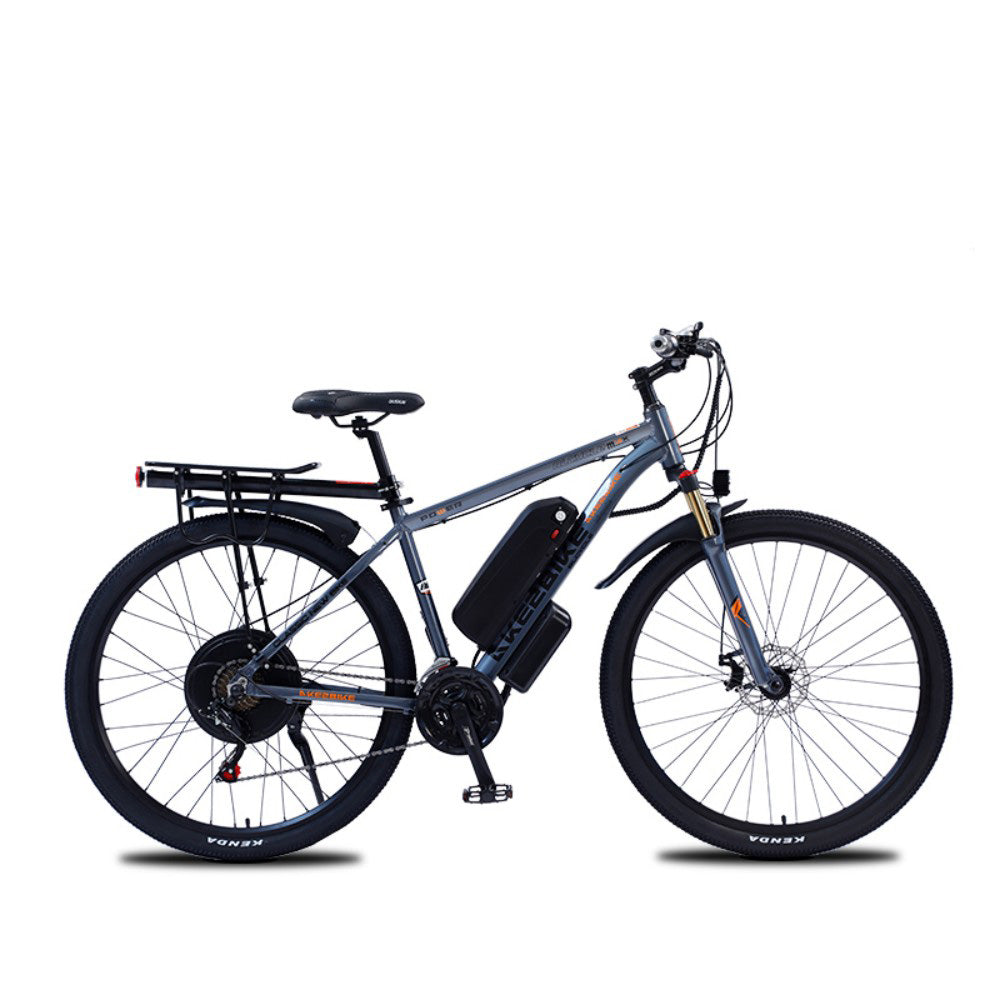Pedelecs vs. Speed Pedelecs vs. E-Bikes
Electric bicycles are revolutionizing urban mobility, but terminology and regulations can be confusing. Here’s a clear breakdown of key differences to help you choose the right model.
1. Core Definitions
Pedelec (Pedal Electric Cycle)
-
How it works: Motor assists only when you pedal, cutting off at 25 km/h (EU standard).
-
Legal status: Classified as a regular bicycle in most countries – no license/insurance required.
-
Best for: Eco-friendly commuters who want exercise with occasional assistance.
Speed Pedelec
-
How it works: Stronger pedal assistance up to 45 km/h.
-
Legal status: Often regulated as a moped (requires helmet, registration, and sometimes a license).
-
Best for: Long-distance riders or those replacing car commutes.
True E-Bike (Throttle-Controlled)
-
How it works: Motor operates without pedaling via throttle (like a scooter).
-
Legal status: Classified as a light moped (≤25 km/h) or moped (≤45 km/h).
-
Note: Less common in Europe due to stricter regulations.
2. Key Differences at a Glance
| Feature | Pedelec | Speed Pedelec | Throttle E-Bike |
|---|---|---|---|
| Max Speed | 25 km/h | 45 km/h | 25–45 km/h |
| Pedal Required? | Yes | Yes | No |
| License Needed? | No (EU) | Often yes | Depends on speed |
| Helmet Laws | Varies by country | Usually required | Usually required |
3. Practical Considerations
-
Safety: Speed pedelecs may require motorcycle-style helmets in some regions.
-
Battery Life: Higher speeds drain batteries faster – plan your range accordingly.
-
Local Laws: For example, in Germany, speed pedelecs need license plates, while UK laws treat all pedelecs as bicycles if under 25 km/h.
Pro Tip: Test-ride both types! Pedelecs feel like a traditional bike with a "boost," while speed pedelecs resemble light electric motorcycles.
4. Why Terminology Matters
Many sellers advertise "e-bikes" when they mean pedelecs. Always check:
-
Is there a throttle? → True e-bike (regulated differently).
-
Does assistance stop at 25 km/h or 45 km/h? → Affects legal classification.
Final Thoughts
Understanding these distinctions ensures you buy the right bike and comply with local laws. For further reading, consult your national transport authority (e.g., DVLA in the UK).
Adapted from industry standards and regulatory guidelines. Last updated June 2024.









